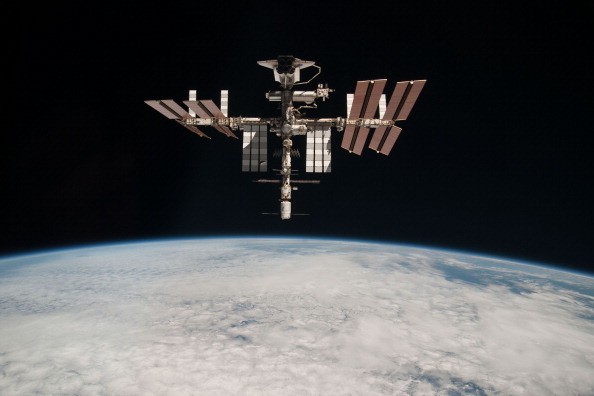The International Space Station (ISS) is one of the most advanced pieces of tech ever constructed by humankind. But after serving Earth's space exploration efforts since 1998, it is now due for retirement soon.

NASA has announced that they plan to retire the station in 2031, though it won't be an easy decommissioning process. According to PopSci, the ISS' retirement will be multi-part unlike other satellites which simply just burn up into tiny pieces when re-entering the planet's atmosphere.
By "multi-part," we mean that some parts of the ISS will indeed crash into the Earth and burn up on re-entry in the process. But a massive chunk of the station will be brought to Point Nemo, an extremely remote area of the Pacific Ocean so far from civilization that scientists call it the "Space Cemetery."
Here's a look at where much of the International Space Station is going to be laid to rest.
A Fitting Resting Place
Point Nemo is a point in the Pacific located 3,000 miles off the New Zealand coast, and roughly 2,000 miles north of Antarctica. It is situated so far from humans that the closest ones are literally the astronauts on the ISS whenever they pass over the location at specific intervals, according to CNN.
The location is called the "Space Cemetery" quite simply because it is where a lot of decommissioned spacecraft like satellites and old space stations are "buried." Over 263 pieces of space junk have been dumped here since 1971, and some of them are very iconic parts of space exploration history.
Among the ones laid to rest at Point Nemo are NASA's Skylab (which fell from orbit on July 11th, 1979), and the Soviet Union's Mir space station. But since they mostly burned up and disintegrated upon re-entry, you won't see massive chunks of them lying silently on the seafloor. It's more likely smaller pieces scattered over a wide area.
Why Is The International Space Station Going To Be Buried There?
Aside from its sheer distance from the closest human settlements, there are even more reasons why NASA and other space agencies consider Point Nemo as a definitive resting place for decommissioned spacecraft.
One of these reasons is there's barely any life that can bloom there. According to Inverse, the waters around Point Nemo are located within the South Pacific Gyre, which is an extremely powerful current that keeps nutrient-rich waters from flowing into it.
What this basically means is that the waters in this space cemetery are literally "dead," so there's no chance of the junk polluting the waters and killing any marine life. Dumping the International Space Station's remains there is the most practical solution out of anything that humans can ever come up with.
Once the ISS is laid to rest there, the wreck will not really serve as habitat for marine life as there's barely anything there to begin with. It really is just a cold, deep tomb where the world's most iconic space station will finally retire for good.


This article is owned by Tech Times
Written by RJ Pierce
ⓒ 2025 TECHTIMES.com All rights reserved. Do not reproduce without permission.




